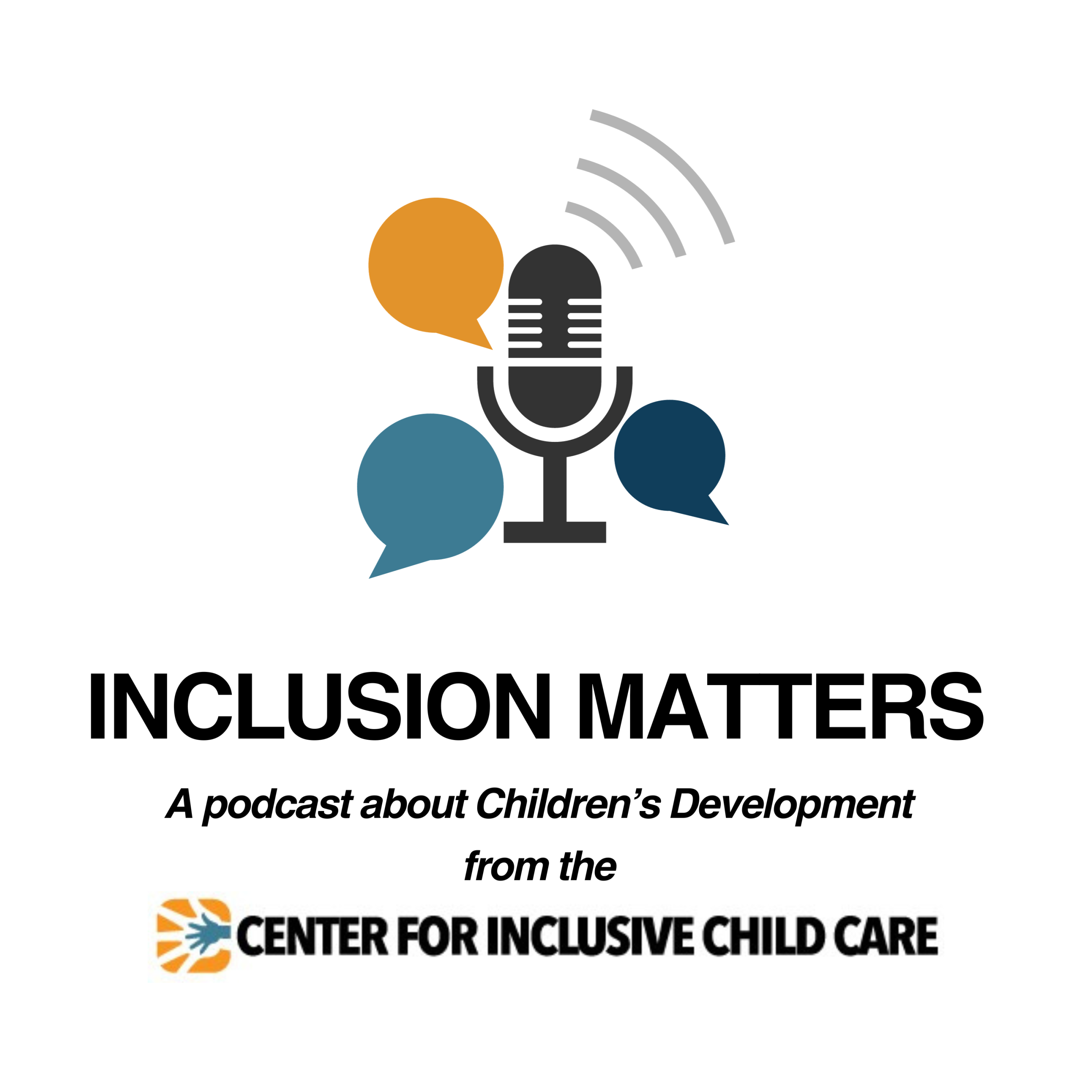Podcast
Intensity--I Want Your Energy!
Intensity as a temperament trait is all about the amount of energy a child uses to express his emotions, and we know that some children cry, talk, and laugh more loudly than anyone else in the program! We want to honor this natural trait in children for the good things about high intensity while also giving children tools for impulse control and friendship skills. Join Priscilla and Cindy as they discuss children with high intensity and the energy they seek from others.
(Length: 15:39)Run Away or Run into Your Arms--Slow to Approach/Withdraw
A child’s initial tendency to respond to a new experience, new person, or new environment can be either ‘arms open wide’ or ‘wait-and-see’. Both types of approaches need our guidance as early childhood professionals to be sure that children are getting the social interactions they need to be successful and validation for their sense of self-esteem. If you work with either or both of these temperaments, you’ll want to listen to this engaging podcast.
(Length: 15:39)Adaptability and Mood--How to Help Children with Change
Some children have difficulty when it comes to adjusting to attempts to change or influence what they are doing. Change is often hard for many of us when we are doing something we really enjoy! When you also factor in a child’s natural mood, you can find yourself in a struggle with a young child. In this podcast, Cindy and Priscilla will talk about ideas to help children who may struggle with adapting to changes in their world.
(Length: 15:39)Activity Level--Children Who Need to Move!
Cindy and Priscilla discuss a temperament trait that is commonly associated with challenging behaviors in early childhood settings: activity level. While we often think first about a child who is really busy, children who have a low activity level need adaptations to the environment as well in order to have successful experiences. Listen to this podcasts for some strategies as you think about children and their movement in your programs.
(Length: 14:13)Intro to Temperaments--How are Children Wired?
We will begin a series of podcasts on the major temperament traits that can relate to challenging behaviors at times. In the first podcast, Cindy Croft and Priscilla Weigel talk about how temperament traits impact each of us as adults including our perceptions and relationships. When we consider children, we need to realize that they also come to us with a unique blend of the 10 temperament traits that influence their interactions with others. The more we understand ourselves and the children we work with, the more likely we will be to avoid some of the challenges that come with the extremes of temperament.
(Length: 14:40)A Child Who Flies “Under the Radar”--When a Diagnosis Isn’t Made: Part Three
In this podcast, we will continue the last conversation by looking at 4-5 year olds. It is easy at times to see a child’s behavior outside of the context of their age and stage. When we look again at what we are hoping to teach children in a larger sense, we can begin to appreciate some of those challenging behaviors as their way at reaching important milestones!
(Length: 11:49)